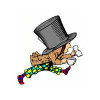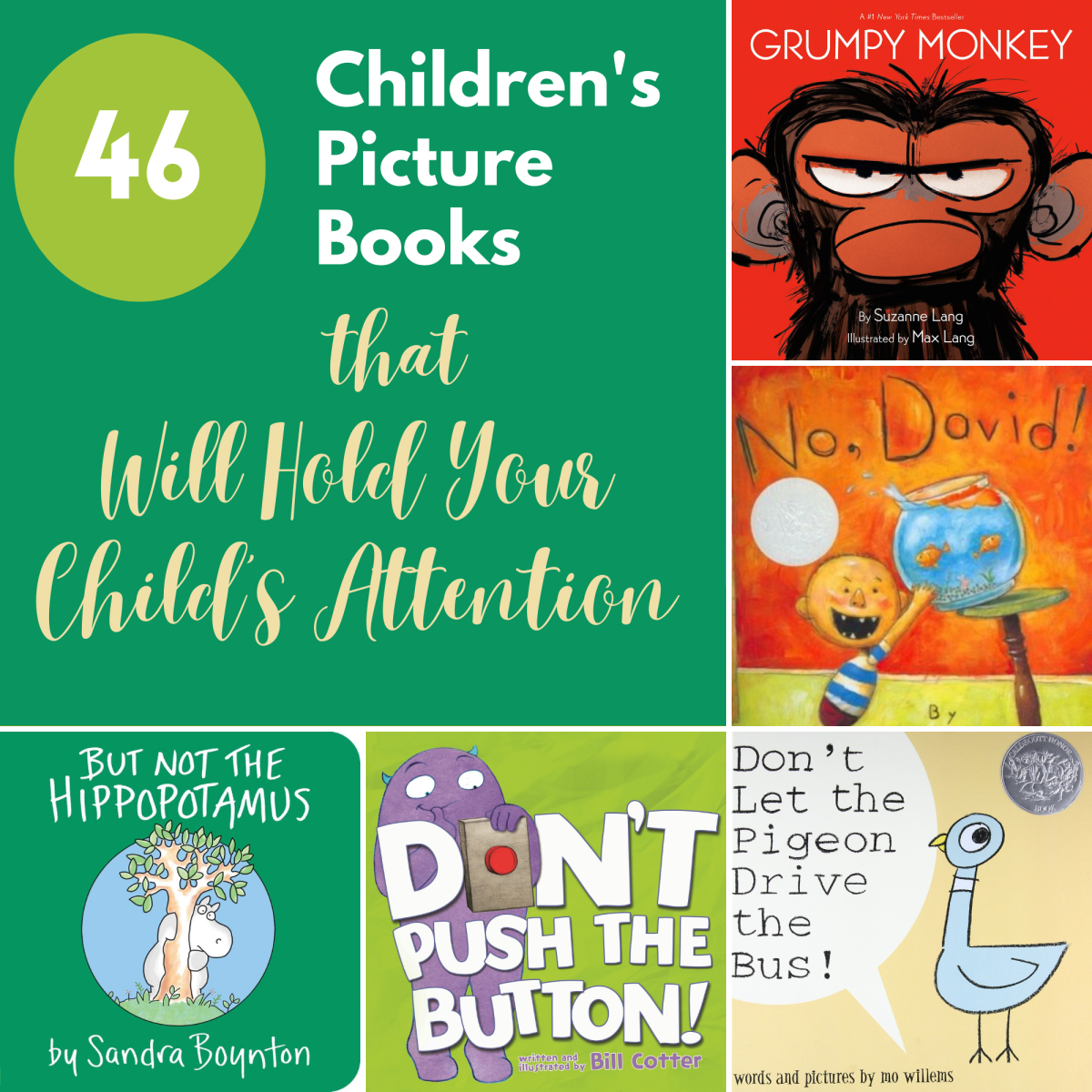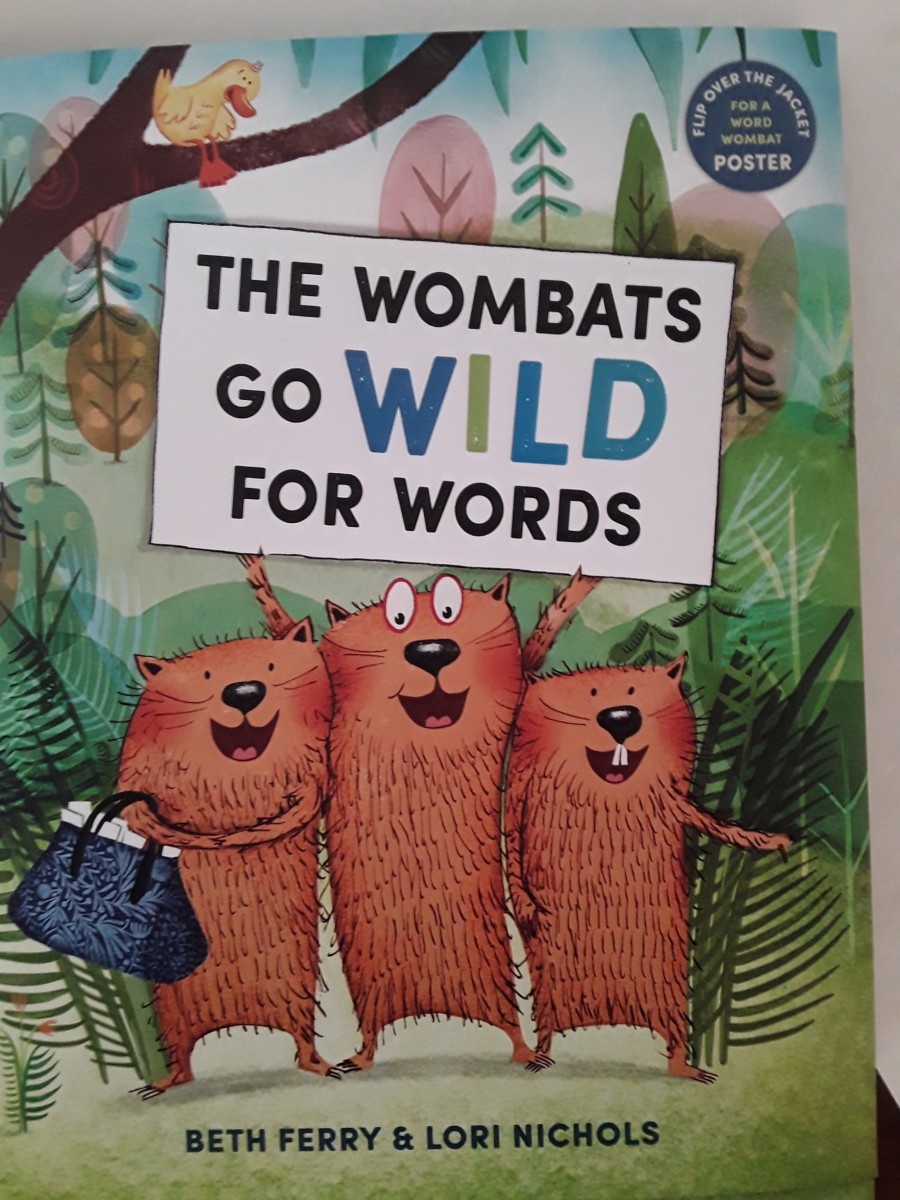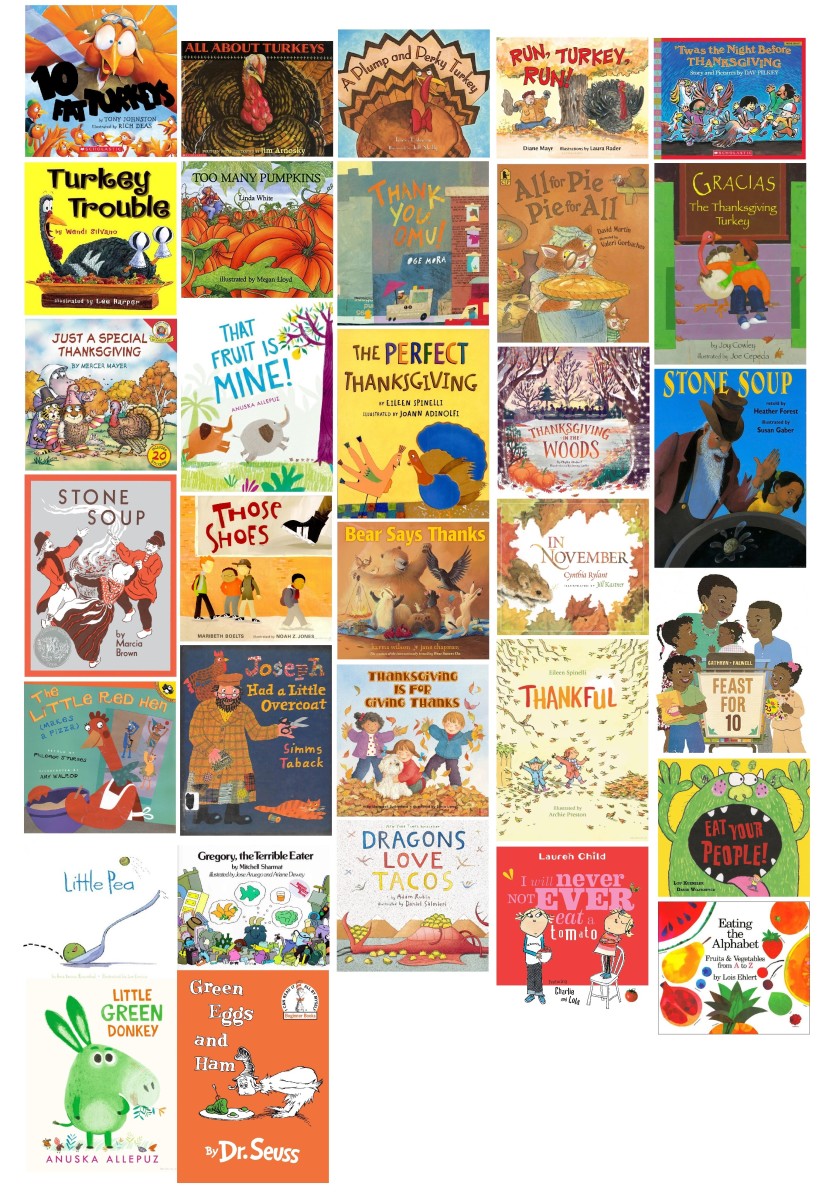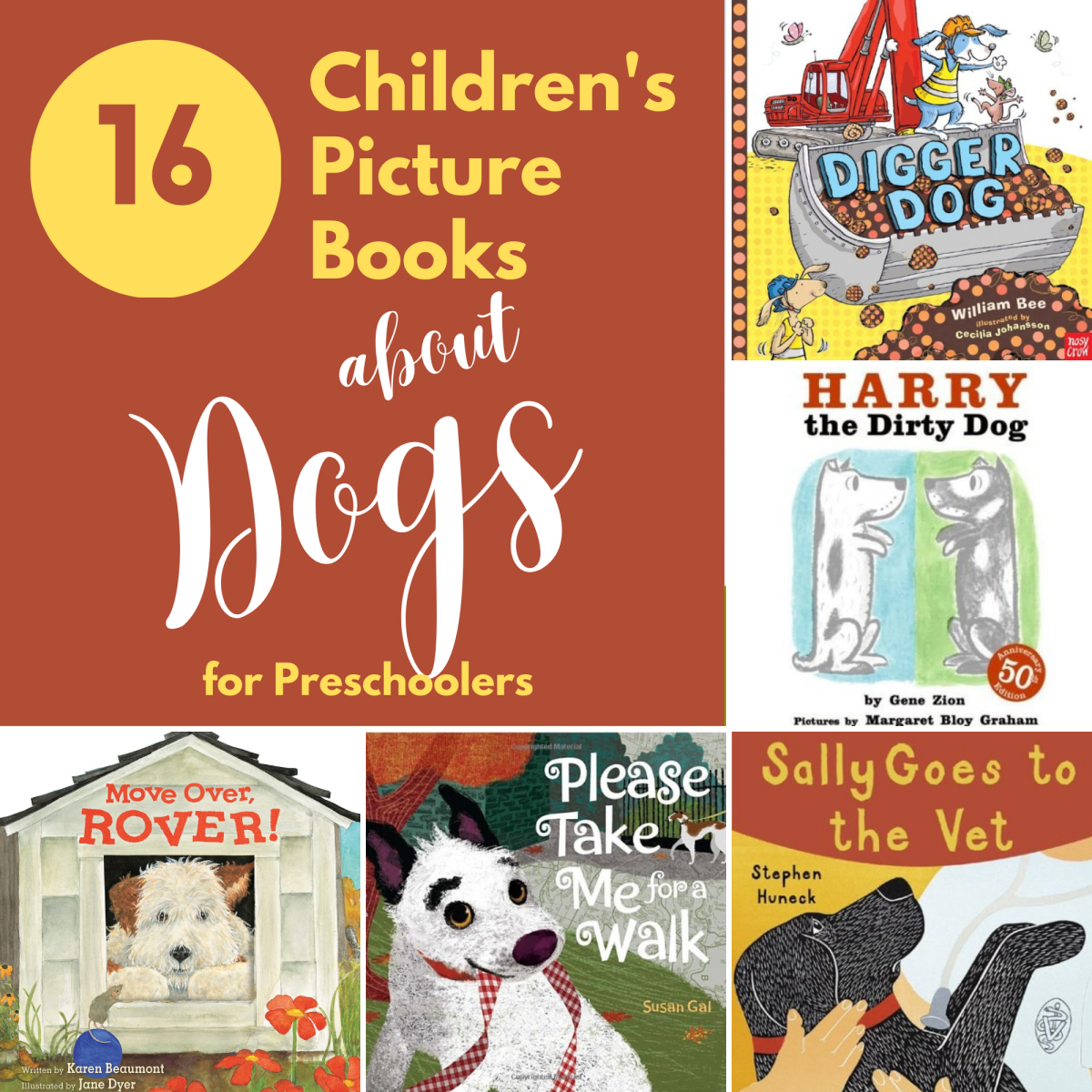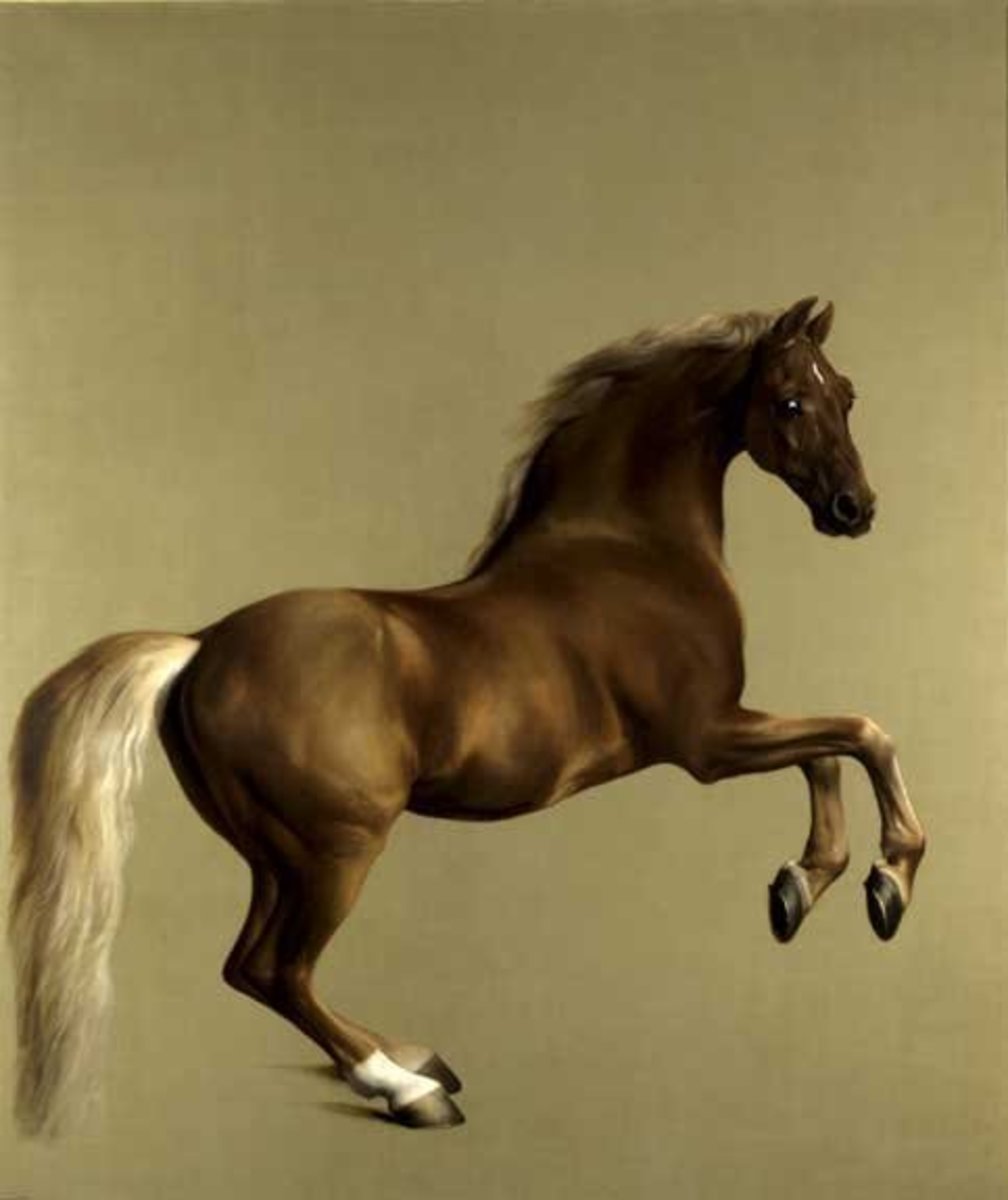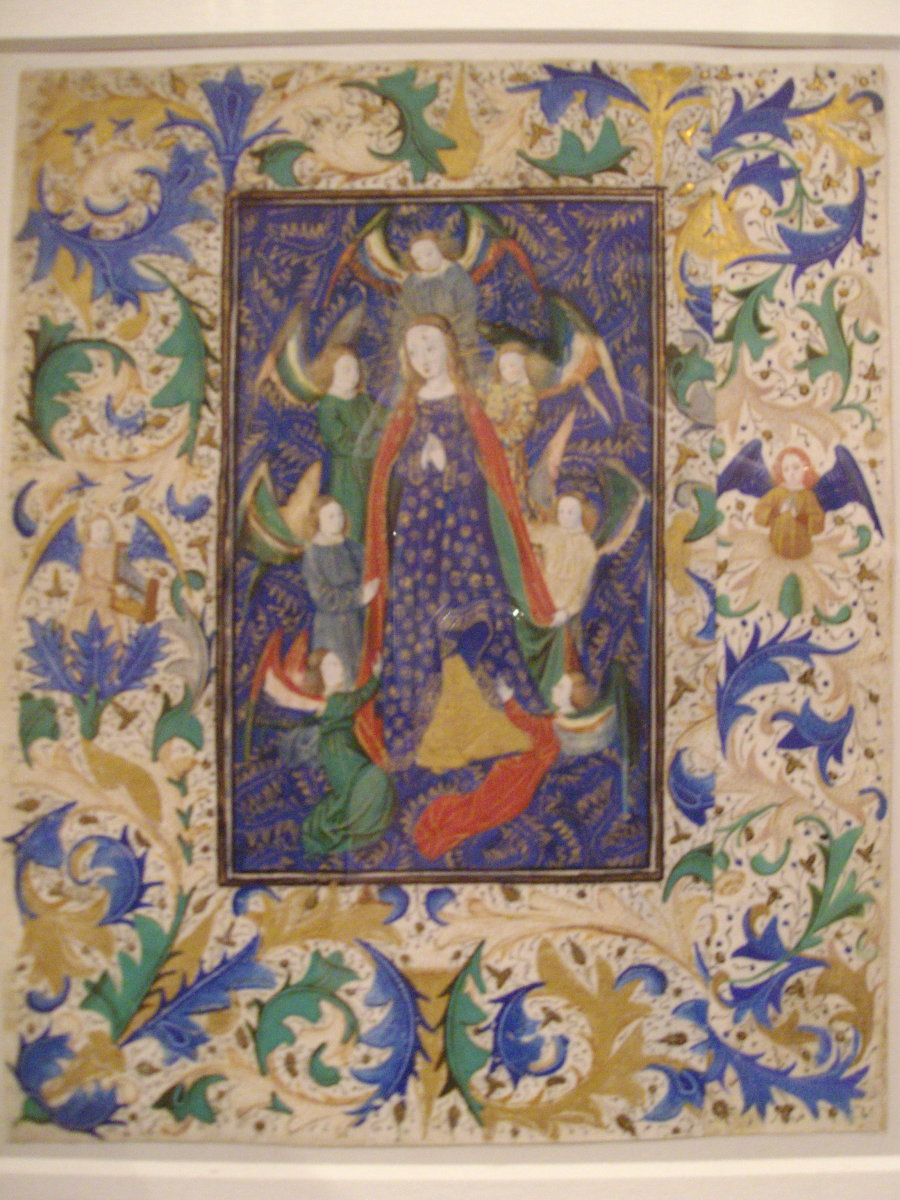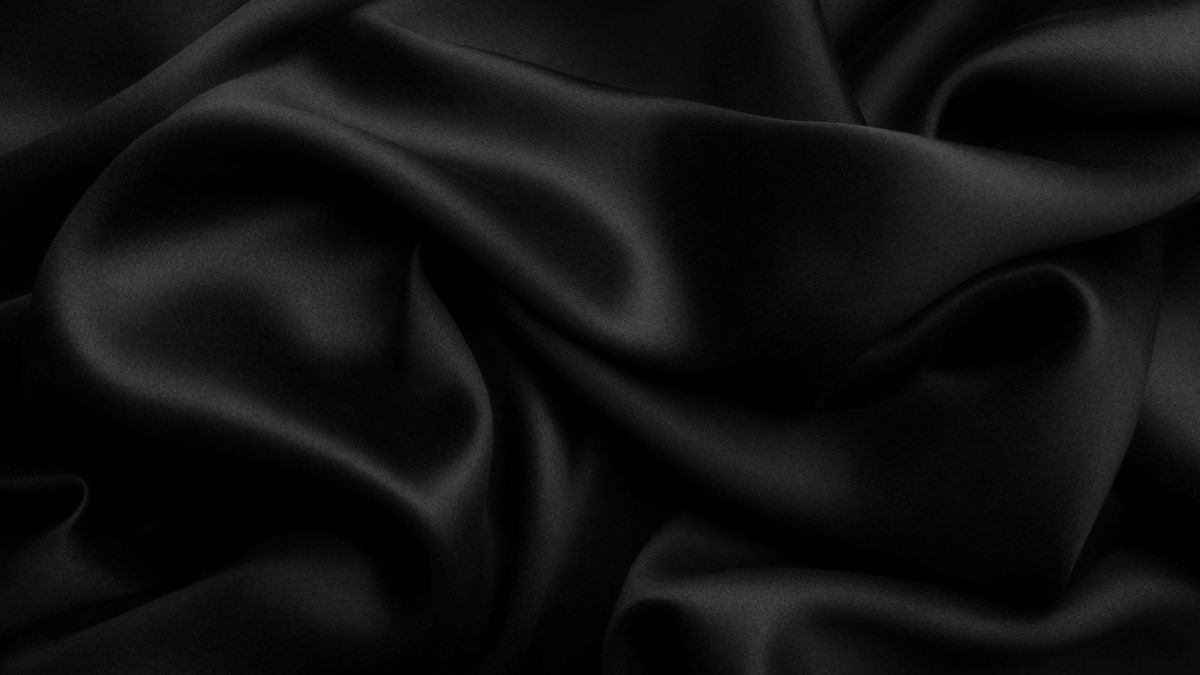Short History of Picture Books for Kids
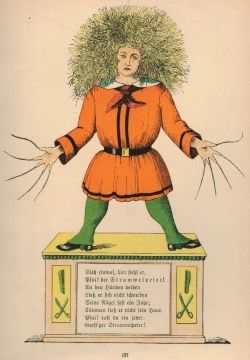
Picture tells more than thousand words
Picture books are known practically from the invention of printing technique. Maps and simple drawings were included at first as an addition to the text and only in a 19th century their format becomes more similar to the one which is known today.
There was, of course, a lot of experimenting in this area of literature - fiction and non-fiction. For some time, children's encyclopedias with woodcuts were very popular and there was also a decade of so-called toy-books, but the real breakthrough came much later. There were several reasons for this situation.
The first reason was definitely lack of literate people, especially children. Ability to read and write was a rare commodity less than two centuries ago. Next reason was low quality of print. Although many skillful artists tried to use many more or less original tricks, high resolution was next to impossible. Last, but no least - high prices of picture books were not helping at popularization.
Slowly and steadily development brought progress in all mentioned areas and in 1845 Heinrich Hoffmann, desperate because he couldn't find a picture book, which looked good enough for present to his three old son, decided to make one on his own. He wrote and illustrated a book titled Struwwelpeter (in English: Shockheaded Peter). His friends loved it and convinced him to publish it for wider audience. Thanks to its originality and humor Shockheaded Peter became a hit on the malnourished market. It was translated to several foreign languages and is today considered as the first picture book for kids.
This title (as many of its successors) was very educational and it set the foundations for the modern picture books. When people read them, they still expect some kind of moral or educational messages, just like in all other books for children.
Although today the messages from Shockheaded Peter don't fit the guidelines of education for our youngster anymore (humor is just too black), it still makes and interesting and entertaining reading - mostly for grown ups.
In many countries all over the world Struwwelpeter is still in print and Hoffmann is still (deservedly) regarded as one of the most influential German illustrators.
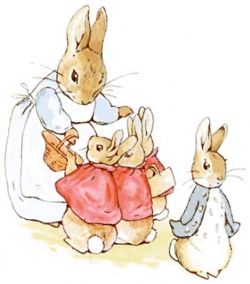
How modern picture book came to life
It was 1902 when today still widely known The Tale of Peter Rabbit by Beatrix Potter was first published. If Hoffmann's work was the first ever, Potter's was the first in a modern era.
It helped to established still applicable standards for picture books all over the world:
- very high percent of illustrations (pictures cover more area than text in the book),
- one simple and short story, which can be understood even by a three-year-old child,
- very clear moral (educational message of the story),
Picture book became a serious business and many unwritten rules appeared:
- it is printed on 32 pages (the reason is in the folding of the sheets of paper which lead to best printing / book price ratio and expected profits),
- a length of the text is, in general, limited to about 150 lines and in last years, we can notice the trend of further shortening with more and more picture books with the only fistful of words and full colored pages expanded throughout facing pages,
- the main character (it is only one to make the young reader easier to empathize with) in modern picture book in most cases became and animal, because in this case, the publisher can make the product attractive to boys and girls and there is also an option to make additional income by selling lovely plush toys which are promoted by a book.
It's almost an animated movie!
One of my friends is using pictures from his picture books in relatively simple but pretty effective way. He sorts them in a slide show with the ability to add music. But he doesn't add music because he has something even better - the story in dramatized version - with dialogues, sound effects, atmospheres, jingles and everything, which was already published as an audio book. This way he can use the material from his books in the fresh and appealing way for promotion with virtually no budget.
You can see an example in next video, but I have to warn you, it is in the Slovene language.
Formal definition of a picture book
Every illustrated book is not a picture book. To make some things easier, especially when some kind of competition is involved, publishers decided to imply the rule by which there should be at least 30 percent of pictures to qualify a certain work as a picture book.
In reality, this percent is in most cases much higher, sometimes even more than 90 percent.
You can also find picture books without any text at all!
The importance of design
Although the majority of book illustrators started as painters, they were for many years considered as less qualified artists who simply didn't have enough knowledge to make a success with painting. Walter Crane was the first who set specific standards for the book, especially picture book designs.
According to his belief a picture is not a mere addition to the text, it is integral part and both components should fuse into new media. Even that was not enough. Crane claimed every single detail counts and him paid special attention to the typography of fonts, ratio of graphics against text, influence of vignettes, ... He wrote several works on design and is today known as the man who used every inch of the paper with a clear goal.
One of the fathers of the genre

Here is another example from one of my friend's books
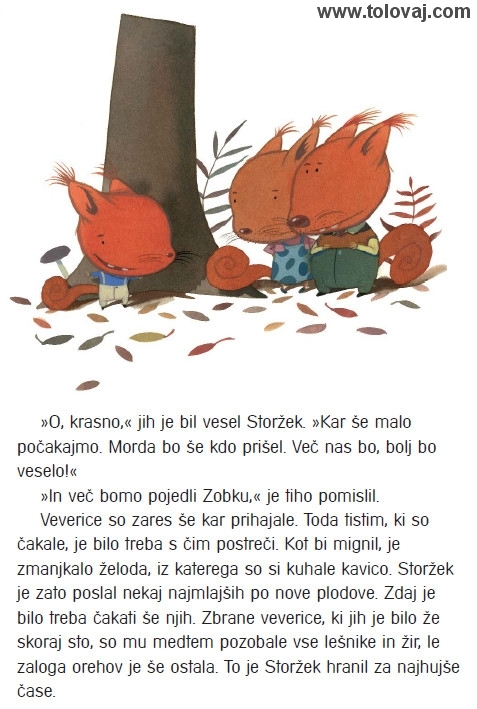
Time for voting
Do you think modern picture books neglect a story and over-emphasize pictures?
My resources
Images in this article are in Public domain (Hoffmann and Potter died more than 70 years ago and their works were first published before 1923) or used by permission of the artists.
